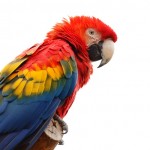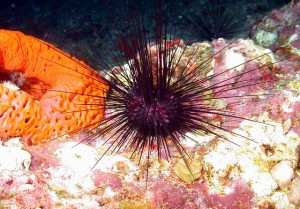All living things go through a life cycle. Most animals have a simple life cycle which includes:
- birth (or hatching from an egg)
- young stage where the animal grows up
- adulthood with reproduction
- death
Life cycles of some animals can be different.
| Category of living thing | Examples | Type of life cycle | Links |
|---|---|---|---|
Mammals |
human, owl, kangaroo, hyena, tiger, vole, bat, rabbit, racoon, meerkat, monkey, whale, dog, cat, fox, dolphin, jaguar, aye aye, seal, hedgehog, prairie dog, wombat | Simple Life Cycle
|
|
Amphibians |
frog, newt, salamander, toad | Metamorphosis (big change): Amphibians go through metamorphosis which means they completely change. Amphibians start in water, and go from underwater animals to air breathing ones.
|
|
Most insects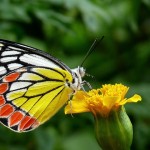 |
butterfly, fly, bee, beetle, hornet, mosquito | Complete Metamorphosis: Most insects go through complete metamorphosis where their body changes shape completely.
|
|
Some insects |
dragonfly, grasshopper, cockroach | Incomplete Metamorphosis: Some insects do not have a pupa stage. The eggs hatch, and the young insect looks just like a tiny adult (called a nymph).
|
|
Arachnids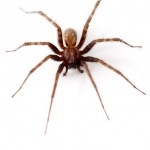 |
spider, scorpion | Simple Life CycleSpiders and scorpions do not go through metamorphosis. They look like little adults when they hatch, and grow bigger.
Ticks are a little different. They go through an egg, larva, nymph, and adult life cycle. |
|
| Bird | parrot, eagle, chicken, hawk | Simple Life Cycle
|
|
Fish |
parrot fish, trout, salmon, tuna, goldfish, few sharks | Simple Life Cycle
|
|
Fish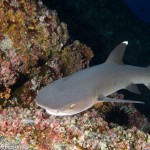 |
most sharks | Simple Life Cycle
|
|
Monotreme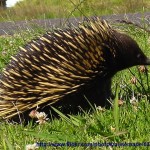 |
echidna, platypus | Simple Life Cycle: Monotremes are mammals that lay eggs.
|
|
Reptile |
lizard, snake, crocodile, water dragon | Simple Life Cycle
|
|
crustaceans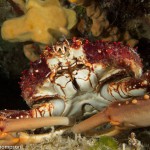 |
crab, lobster | Simple Life Cycle
|
|
| Echinoderms | Sea star (starfish), sea urchin, sea cucumber | Metamorphosis (big change): Echinoderms go through metamorphosis which means they completely change. When the egg is fertilized (ready), it floats in the water, and as it changes stages, it changes shape and size.
|
|

